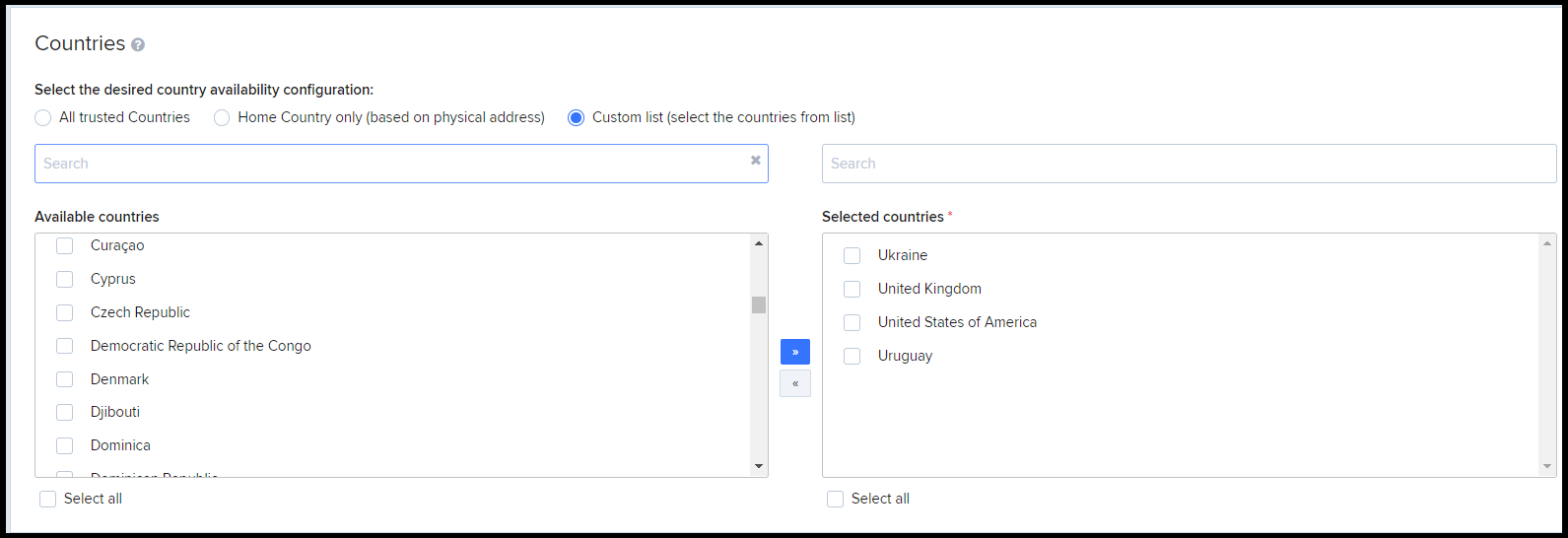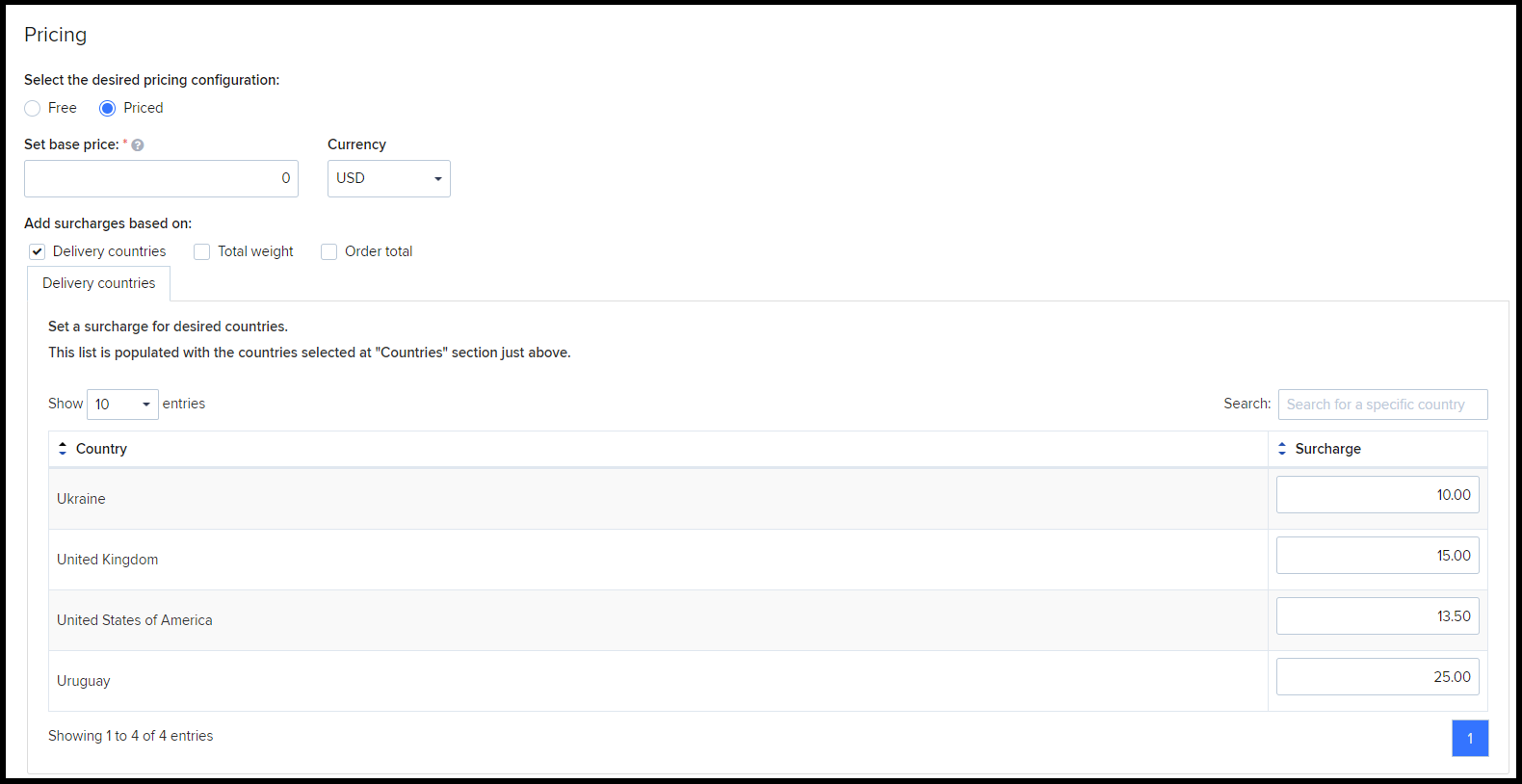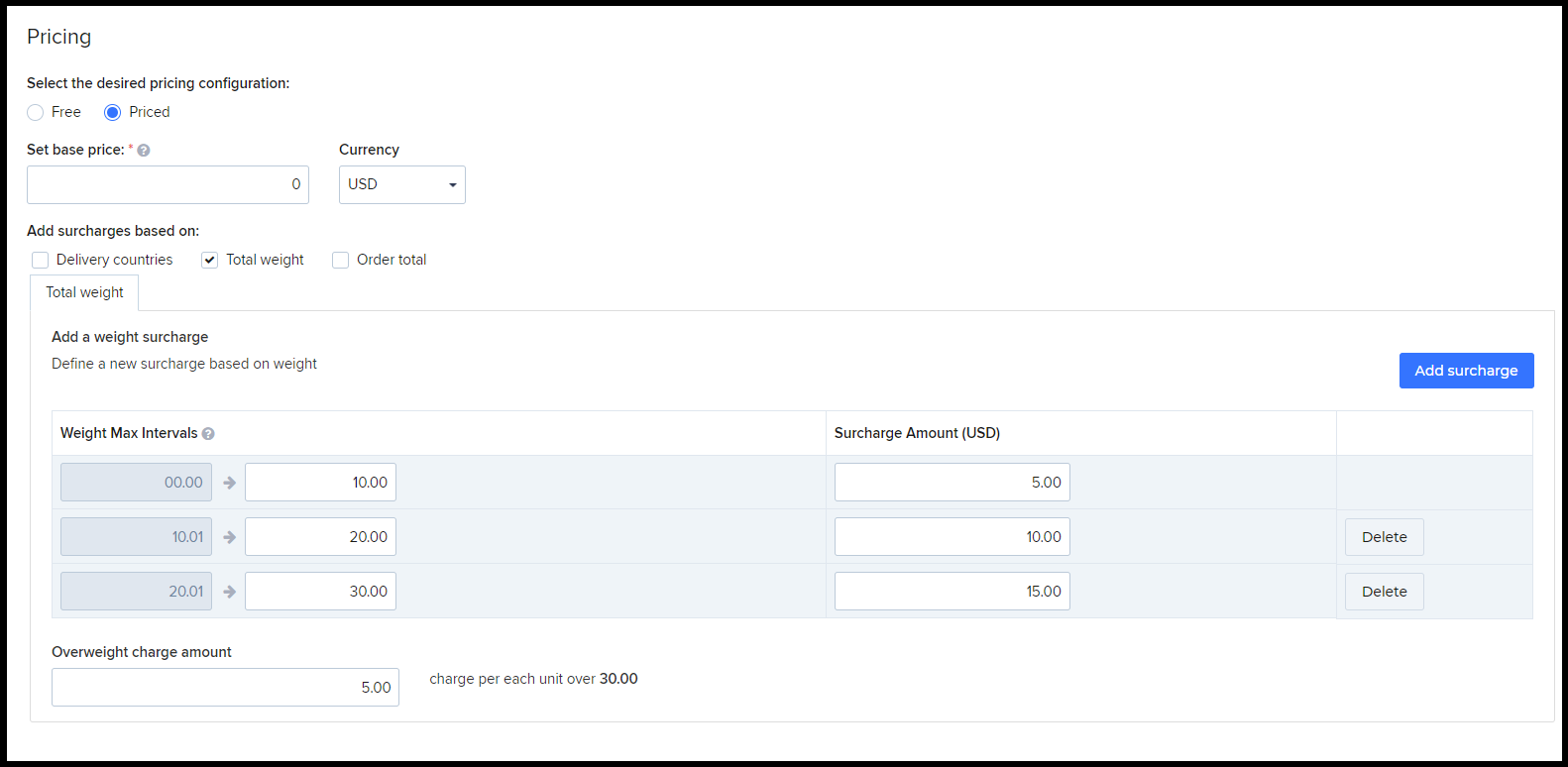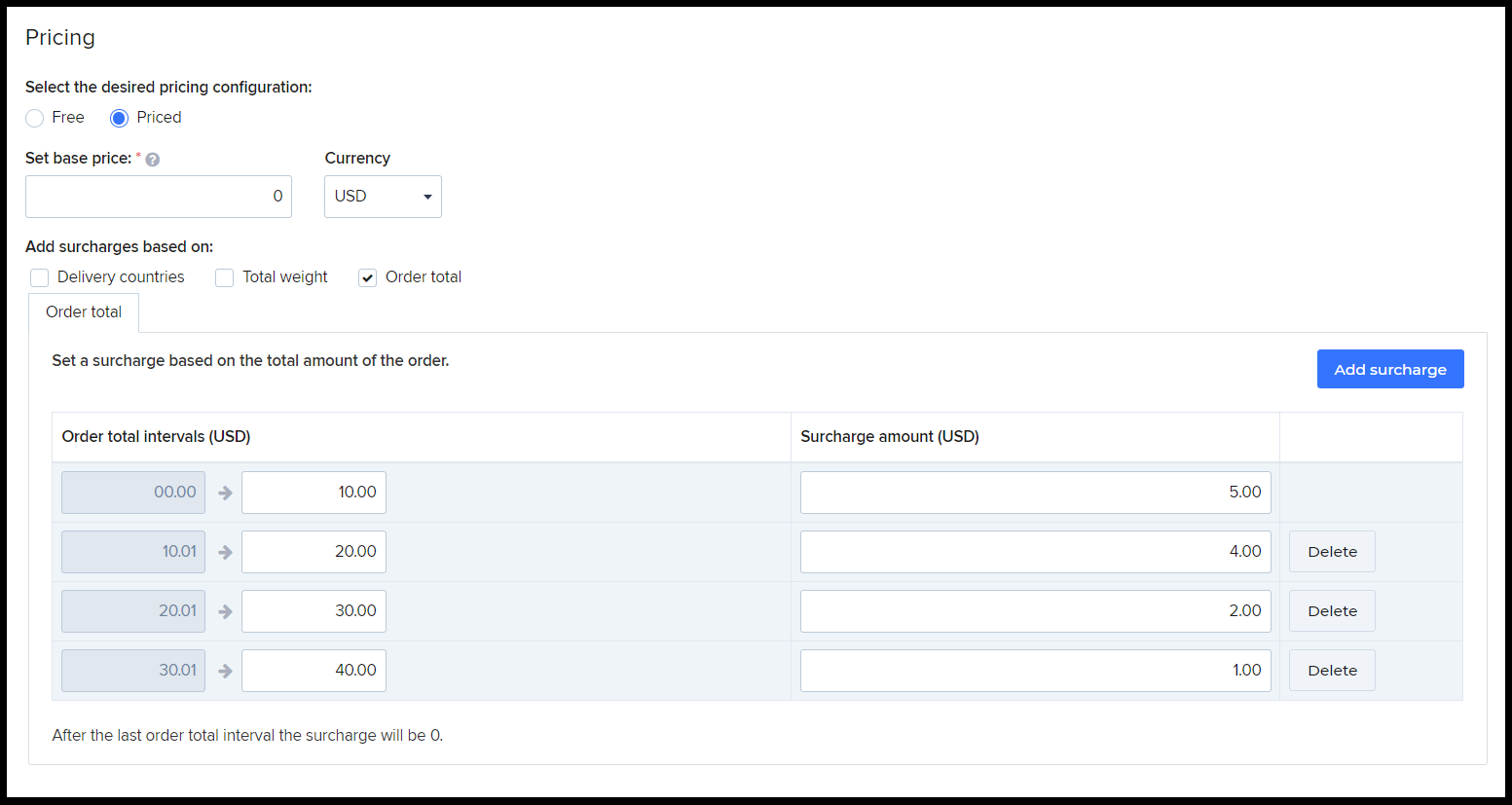Subscription upgrade
Overview
The object below is returned directly or within a successful response from the following API requests:
Retrieve upgrade options
Subscription upgrade object
| Parameters | Type/Description | ||
|---|---|---|---|
|
ProductInfo |
Object |
||
|
|
Details below. |
||
|
|
ProductId |
Int |
|
|
|
|
Unique, system-generated product identifier belonging to the upgrade product. |
|
|
|
ProductCode |
String |
|
|
|
|
Unique product identifier that you control belonging to the upgrade product. |
|
|
|
ProductName |
String |
|
|
|
|
Product name |
|
|
|
ProductVersion |
String |
|
|
|
|
The product version number that you control. |
|
|
|
ProductEnabled |
Boolean |
|
|
|
|
Possible values: 0 – You disabled this product. 1 – You enabled this product. |
|
|
|
ProductType |
String |
|
|
|
|
REGULAR or BUNDLE |
|
|
|
Currency |
String |
|
|
|
|
The currency for prices. The currency ISO code used for the payment - ISO 4217. |
|
|
|
DefaultCurrency |
String |
|
|
|
|
The product's default currency which is set in the Control Panel. The currency ISO code to be used for the payment - ISO 4217. |
|
|
|
Price |
Double |
|
|
|
|
Product price. Can be null for flat pricing schemes. You need to call getPrice with Quantity, Currency and Price Options parameters to get a valid price. |
|
|
|
GiftOption |
String |
|
|
|
|
True or false depending on whether the product can be gifted or not. |
|
|
|
IdGroup |
Int |
|
|
|
|
Product Group ID number. |
|
|
|
GroupName |
String |
|
|
|
|
The name of the Product Group. |
|
|
|
ShortDescription |
String |
|
|
|
|
The product's short description. |
|
|
|
ProductImage |
String |
|
|
|
|
URLs to the product images uploaded into the Avangate platform. |
|
|
|
Languages |
Array of strings |
|
|
|
|
Array of ISO language codes for the product - ISO 639-1. |
|
|
|
PriceIntervals |
Array of objects |
|
|
|
|
Pricing intervals. |
|
|
|
PriceType |
String |
|
|
|
|
NET or GROSS |
|
|
|
PriceSchema |
String |
|
|
|
|
FLAT or DYNAMIC |
|
|
Quantity |
Int |
||
|
|
Number of units available for the upgrade order. |
||
|
PriceOptions |
Array of objects |
||
|
|
Details below. |
||
|
|
Id |
String |
|
|
|
|
Pricing options ID. |
|
|
|
Name |
String |
|
|
|
|
Pricing options group name. |
|
|
|
Description |
String |
|
|
|
|
The description of the Pricing options group |
|
|
|
Required |
Boolean |
|
|
|
|
True or False depending on whether you set the Pricing options group asrequired or not. |
|
|
|
Type |
String |
|
|
|
|
Pricing options group type:
INTERVAL |
|
|
|
Options |
Array of objects |
|
|
|
|
Details below. |
|
|
|
|
Name |
String |
|
|
|
|
The name of the option inside the Pricing options group |
|
|
|
Value |
String |
|
|
|
|
The code of the option inside the Pricing options group |
|
|
|
Default |
Boolean |
|
|
|
|
True or false. |
|
|
|
Description |
String |
|
|
|
|
The description of the option inside the Pricing options group. |
|
|
|
MinValue |
Int |
|
|
|
|
Start value of a scale interval. |
|
|
|
MaxValue |
Int |
|
|
|
|
End value of a scale interval. |





